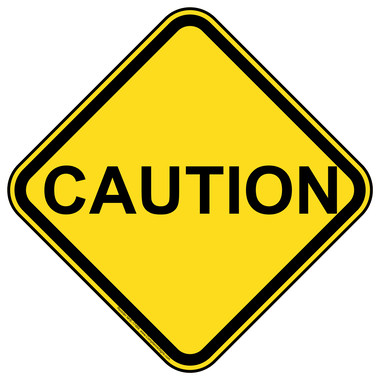When determining the validity of all resources.



__________________________________________________________________________________________________________________________________________________________________________
The S.I.F.T. method is one approach you can take when evaluating your articles, magazines, newspapers, peer-reviewed journals, eBooks, books, videos, and other resources. Overall, it is extremely important to be able to determine why and/or why not a particular resource could be useful, or not, in your studies.
Stop: pause and determine the purpose of this resource? What do you already know about this source?
Investigate the Source: Are the authors experts in its coverage and why? What does the about me section of the Web site say? What is the purpose of the publication? Does the source and/or author have potential biases that could fabricate the resource?
Find Better Coverage: What other coverage is available on the topic? Is it possible to find a more credible source from experts in the field? If so, you should probably go with those sources.
Trace Claims, Quotes & Media: Is the information in the resource factual? If the source is social media and is reposted, is the original content creator a valid entity from a credible source? Is the information just clearly created to support an agenda (controversial subjects)?
Determining the credibility of a resource is always an important measure to take when acquiring resources. Furthermore, meeting instructional requirements of your class is also a very important facet to cover. Some instructors may require certain types of resources, such as a peer-reviewed journal. Here are some characteristics and resources that provides you peer-reviewed journals. These journals are also known as academic journals and the terms should not be confused.
What Makes Peer Reviewed, Peer Reviewed?
| 1, Peer-reviewed journals are strictly written by experts within a particular field/discipline. They are published in publications that often state that it is peer-reviewed and must be viewed by other experts in the field and deemed accurate before published. |
| 2. Peer-reviewed journals often include terminology associated with its specific field. For example, an engineering peer-reviewed journal article will use terminology commonly associated within the engineering field. |
| 3. Peer-reviewed journal articles traditionally list their author names under the title of the article. You will usually notice the authors have some type of distinguishing characteristic noting credibility (Pd.D., M.D., etc.) |
| 4. Peer-reviewed journals always provide references at the end of the article. |
| 5. Peer-reviewed journals are considered one of the most reliable resources for research. Although, depending on the topic, coverage may be limited. |
_____________________________________________________________________________________________________________________________
Examples of peer-reviewed journals:
The following links are examples of actual peer-reviewed journal articles. Please take a minute to identify the characteristics mentioned in the peer-reviewed journal.
1. Lifetime Risks of Cardiovascular Disease
2. Racial Profiling: A Survey of African American Police Officers
3. The Impacts of the Coronavirus on the Economy of the United States
Targeting searches by domain names can increase the results for credible sources:
| Strength of Reliability via Domain Name: |
| 1. .Edu |
| 2. .Gov |
| 3. .Org |
| 4. .Com |
Sample Search Targeting Domain Name:
A primary source is the original source of information and is often considered the most credible form of information. For example, an engineering publication from an appropriate author may share some material from a peer-reviewed publication in the past. Although the engineering publication can still be a credible source, it is a secondary source. The primary source of that information would be from the peer-reviewed publication.
| Other Primary Source Exmaples: |
| 1. Autobiographies from author |
| 2. Original legal documents |
| 3. Original studies |
| 4. Specific novels |